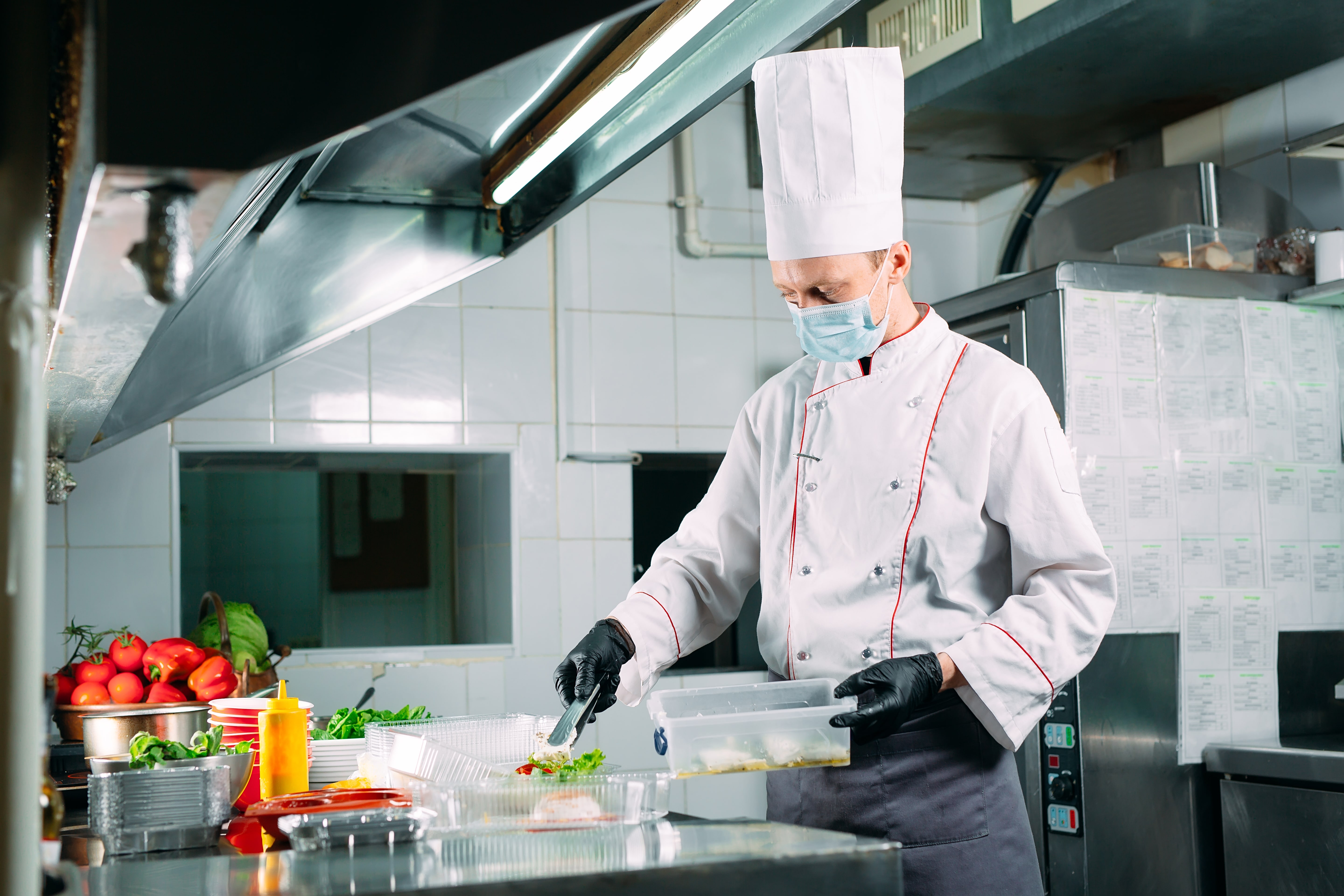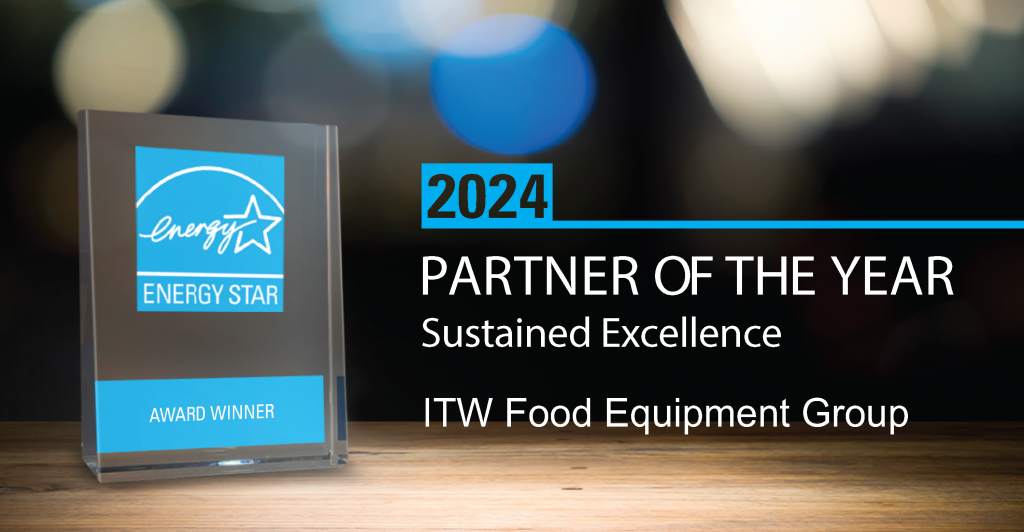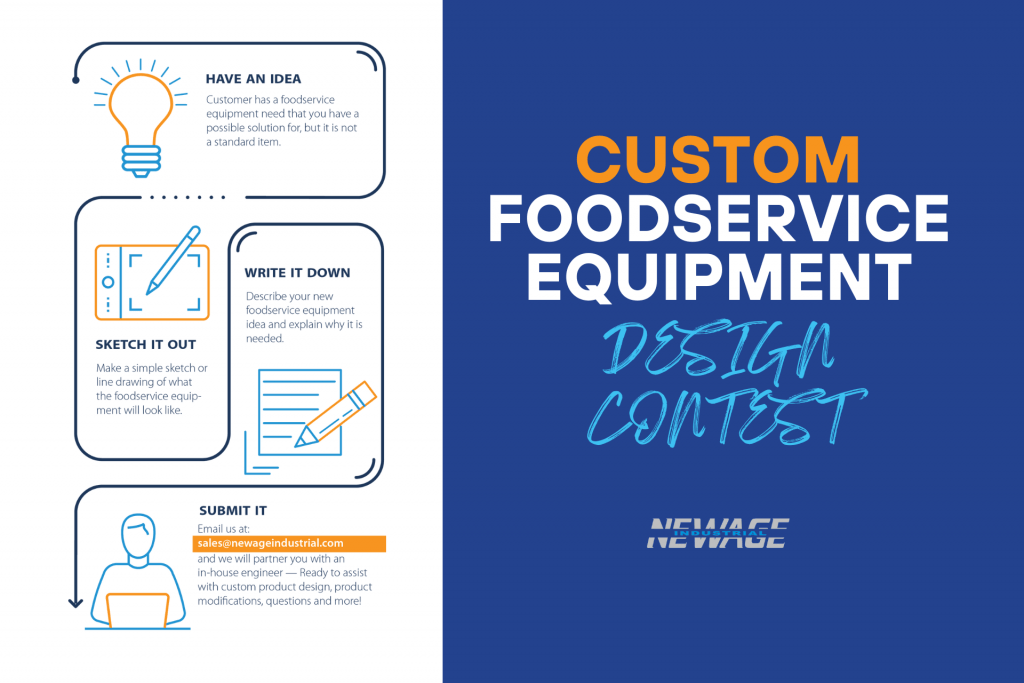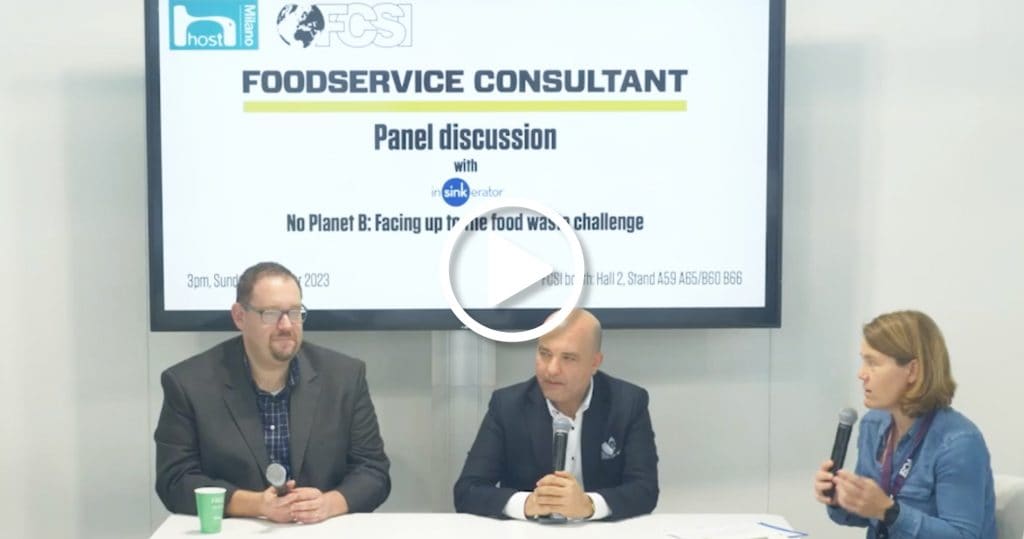
As foodservice operators slowly start to put their heads back over the parapet in response to an easing of lockdown measures, many will wonder what they can expect the hospitality landscape to look like. Some establishments have found amazing, innovative ways to keep going – with take out, hamper delivery or cook-at-home ingredient boxes, for example – while others have dedicated their time and talents to feeding frontline health and key workers. Many foodservice outlets had no option but to shut down entirely.
These outlets may now be considering reopening. They have reduced the seating to allow more space between tables, supplies have been ordered. and staff brought back in and trained on the new contactless ordering and payment system. “I think contactless systems will be crucial to ensuring consumer confidence in some sectors. All industries are concerned by ‘touch points’,” says Ed Bircham FCSI a project manager at Humble Arnold Associates.
“In addition to the established contactless payment systems, self-service beverage machine solutions are available, but typically priced at a premium and not high volume. Greater phone app connectivity will be an inevitable development for some environments such as quick service, fast casual and staff dining environments.
Best practice
What else do they need to face post-pandemic service. The first thing to do before reopening is probably the most obvious thing, as Jim Petersen FCSI, president of C.i.i. Food Service Design confirms: “A deep cleaning should be done for any equipment that hasn’t been used for a while.”
“Arguably this episode will see positive impact in terms of general hygiene best practice across all restaurants,” says Bircham. “Measures that design consultants would see as basic principles are not adopted in all areas of the market (for example, hands-free hand wash facilities, knife sterilising, detailing that facilitates ease of cleaning).”
According to a report from the Foodservice Equipment Association (FEA), switching on could be the first hurdle after cleaning. Equipment left idle for some time may have some moisture build-up inside connections, which could cause the electricity supply to trip when it’s switched on. Manufacturers and suppliers should prepare for countless calls from operators for engineers to help them get back up and running.
Scrupulous hygiene
“There are a lot of businesses that closed overnight and 8-12 weeks on you know they are going to switch stuff on and it’s not going to work. Or they haven’t drained down the dishwasher or cleaned the combi or have a fridge full of food,” said Paul Anderson, managing director of Meiko UK during a recent Foodservice Consultant roundtable. “We’re putting in place procedures to help people, for example how to look after equipment when it’s not on, and we’re offering hygiene packages. If an operator opens up their dishwasher, whether it’s a huge flight machine or an undercounter machine, and they’re not to sure whether it’s going to be clean and safe to operate, we can provide a service where a Meiko engineer can go in there and make it right, provide them with a certificate, and they can move on.”
Scrupulous hygiene is a cornerstone of the foodservice industry and it must be seen to be to convince a cautious population, all around the world, that it’s OK to come out of lockdown and into restaurant locations. A survey conducted by Michelin-starred chef Marcus Wareing’s company in the UK at the end of May found that 31% of respondents were quite concerned about returning to restaurants and 34% expected to spend less in restaurants in the future (only 11% said they expected to spend more).
Jim Sukenik FCSI, president of Bakergroup Foodservice Consulting & Design suggests one way to build trust may involve using automated equipment to supplement manual cleaning. “For many years, hospitals have been using UV-C machines to sanitise operating rooms, between procedures. Today, in the fight against Covid-19, we are seeing UV-C machines used to flash-sanitise NYC subway cars and airplanes. This same equipment is available to hotels and restaurants seeking to build trust and confidence in their approach to eliminating Covid-19 threats from their properties.”
The UV technology is not new, however Petersen suggests: “The pandemic may be the catalyst that pushes manufacturers to offer them as options, but it could be viewed as more of a timely marketing move.”
When it came to safety measures 73.7% of the respondents in the Marcus Wareing survey were in favour of temperature checks for staff. This is a point that Bircham also raises. “Fever monitoring at staff entry points and possibly, more discreetly, for guests, he says. “I hope this will seem excessive in 18 months’ time, but the effects of this lockdown will live long in the memory and businesses will seek agility for pandemics and disease outbreaks in future business continuity plans that includes pandemics. Task monitoring products are likely to become more prevalent as operators seek to demonstrate and have a record that they are following best practice.”
Lessons for the education sector
As restaurants are gradually reopening, so too are schools. How will they feed pupils safely post Covid-19?
“One feature we are starting to routinely include in institutional designs is a bank of handwashing stations prior to entering a cafeteria area,” says Petersen. “It has never been a bad idea, and is de rigueur in certain military and correctional environments.
“Schools may very well open up with small group dining in classrooms or in a cafeteria that achieves social distancing by creating additional serving periods. However, we are not suggesting the absence of a traditional common dining area in new facilities any more than we believe gymnasiums are in danger of becoming extinct.”
The cafeteria-style of service as we know it will also need adjusting. “It is generally accepted that self-service arrangements will not be appropriate in the immediate future,” says Bircham. “As such we anticipate a return to full sneeze screen arrangements, moving away from more visually appealing open display. The balance of multi-deck food displays (refrigerated and heated) will inevitably increase in line with the demand for pre-packaged product, fully open units rather than doors to minimise touch points, which is another unfortunate conflict with the recent sustainability initiatives in the market.”
We are all learning to live in a slightly different world where wearing masks and disposable gloves isn’t weird. We will one day get used to not hugging and sitting apart from friends and as human beings we will embrace the opportunity to get out of our homes and enjoy the hospitality offered by the foodservice industry.
Jacquetta Picton




